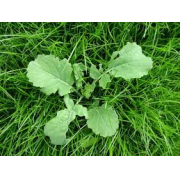
African Cabbage
Brassica carinata
Ethiopean cabbage is a brassica with a hard erect central stem that remains upright during the winter. It provides control of several parasitic nematodes, and is excellent at trapping snow in the wint...
- Growing Region: Southeast, Midwest
- Blooms:
- Life Form: Forb
- Application Type: Cover Crop
- Height: 1-2 ft
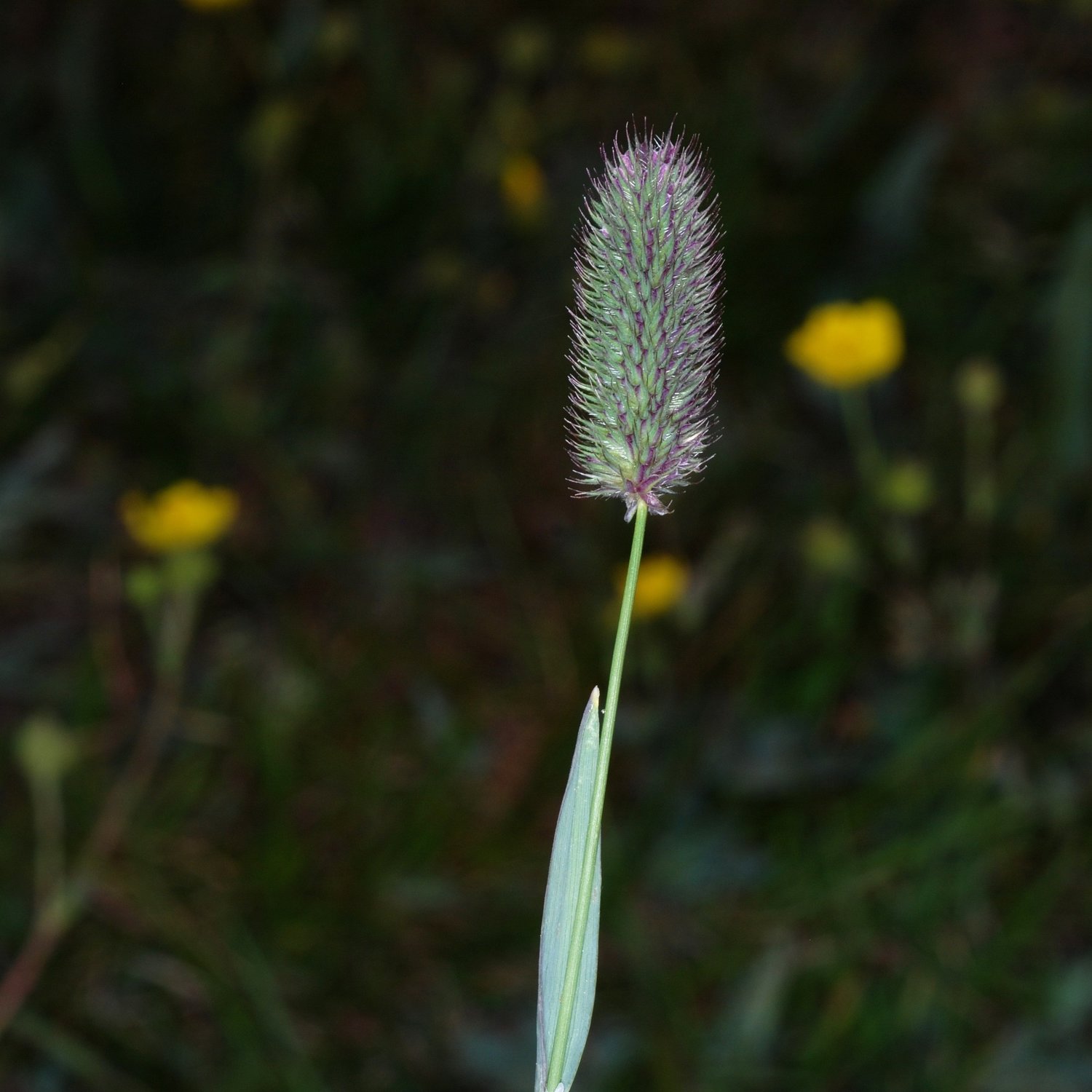
Alpine timothy
Phleum alpinum
Short, Cool season, perennial native bunchgrass sometimes forming a sod. Occurs at high elevations in northern latitudes from 4,000-12,500 ft. Prefers mountain meadows, bogs and streambanks in well-dr...
- Growing Region: Southeast, Midwest
- Blooms:
- Life Form: Grass
- Application Type: Erosion Control, Land Reclamation, Habitat Restoration
- Height: 1-2 ft
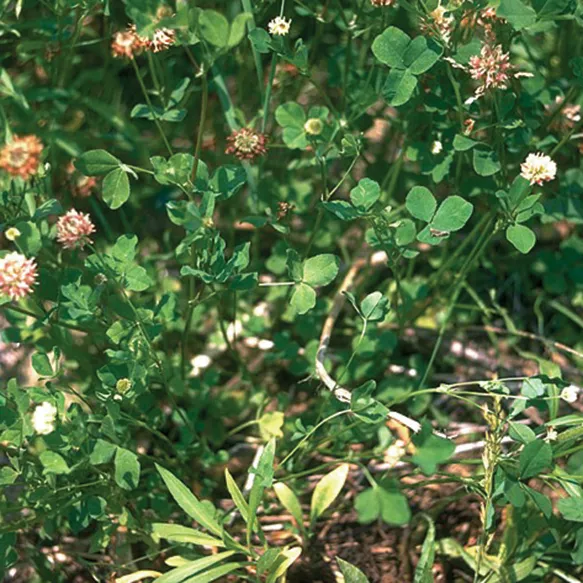
Alsike clover
Trifolium hybridum
Alsike clover is a short lived perennial or biennial native to Europe but now widely distributed throughout the United States. This legume is tolerant of adverse soils and has many potential uses. Cau...
- Growing Region: Midwest, Intermountain West, Southeast, Southwest, Pacific Northwest
- Blooms: Spring, Summer, Fall
- Life Form: Legume
- Application Type: Cover Crop
- Height: 1-4 ft
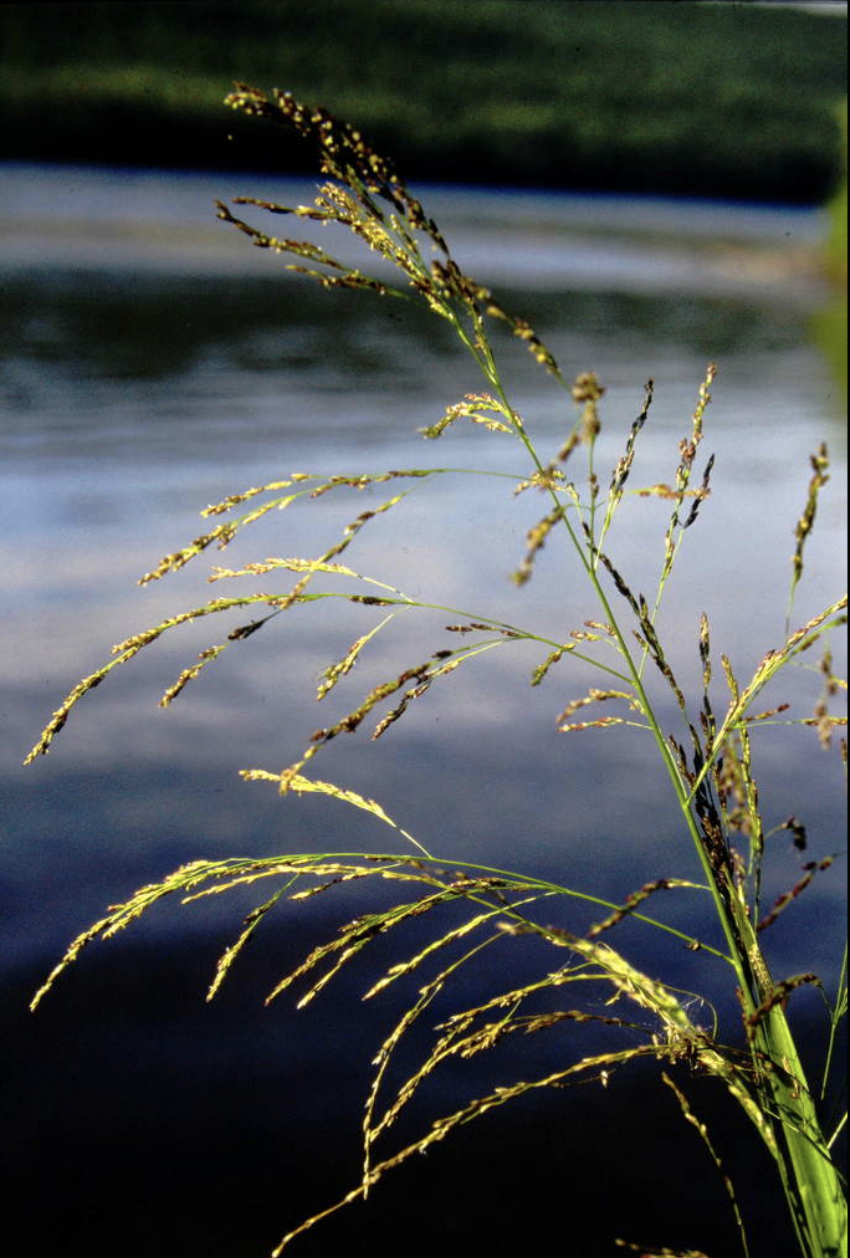
American mannagrass
Glyceria grandis
Cool season, rhizomatous, native perennial that occurs in wetlands, streambanks, marshes and ditches. Requires wet to moist soils; withstands periods of submersion. Grows rapidly. Important wetland fo...
- Growing Region: Pacific Northwest, Southeast
- Blooms:
- Life Form: Grass
- Application Type: Land Reclamation, Habitat Restoration
- Height: 1-3 ft
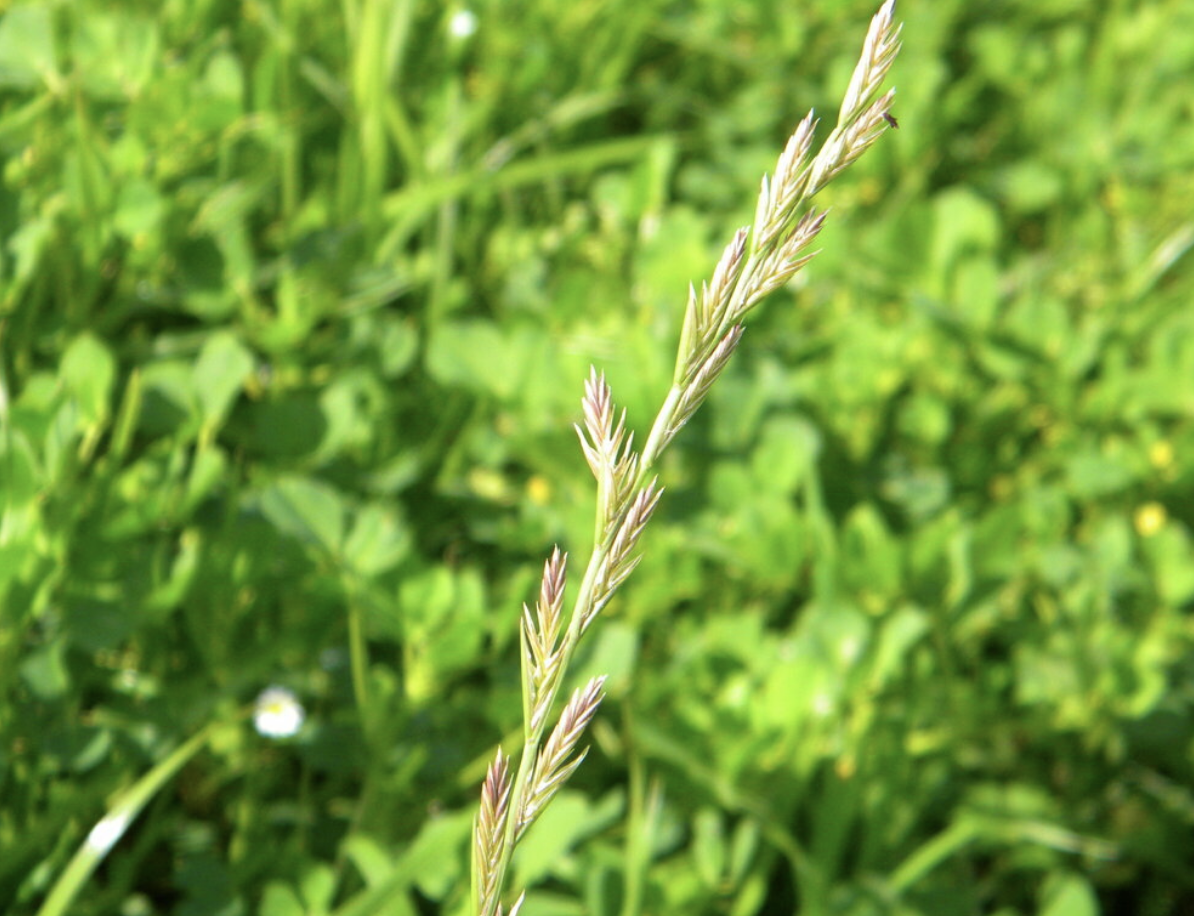
Annual ryegrass
Lolium perenne ssp. multiflorum
Annual Ryegrass is an introduced, cool season bunchgrass and is commonly used alone for establishing quick cover for many applications. This versatile, very fast establishing grass is highly adaptable...
- Growing Region: Midwest, Intermountain West, Southeast, California, Pacific Northwest
- Blooms:
- Life Form: Grass
- Application Type: Land Reclamation, Erosion Control, Commercial Beautification, Turf, Cover Crop, Forage and Pasture
- Height: 1-3 ft
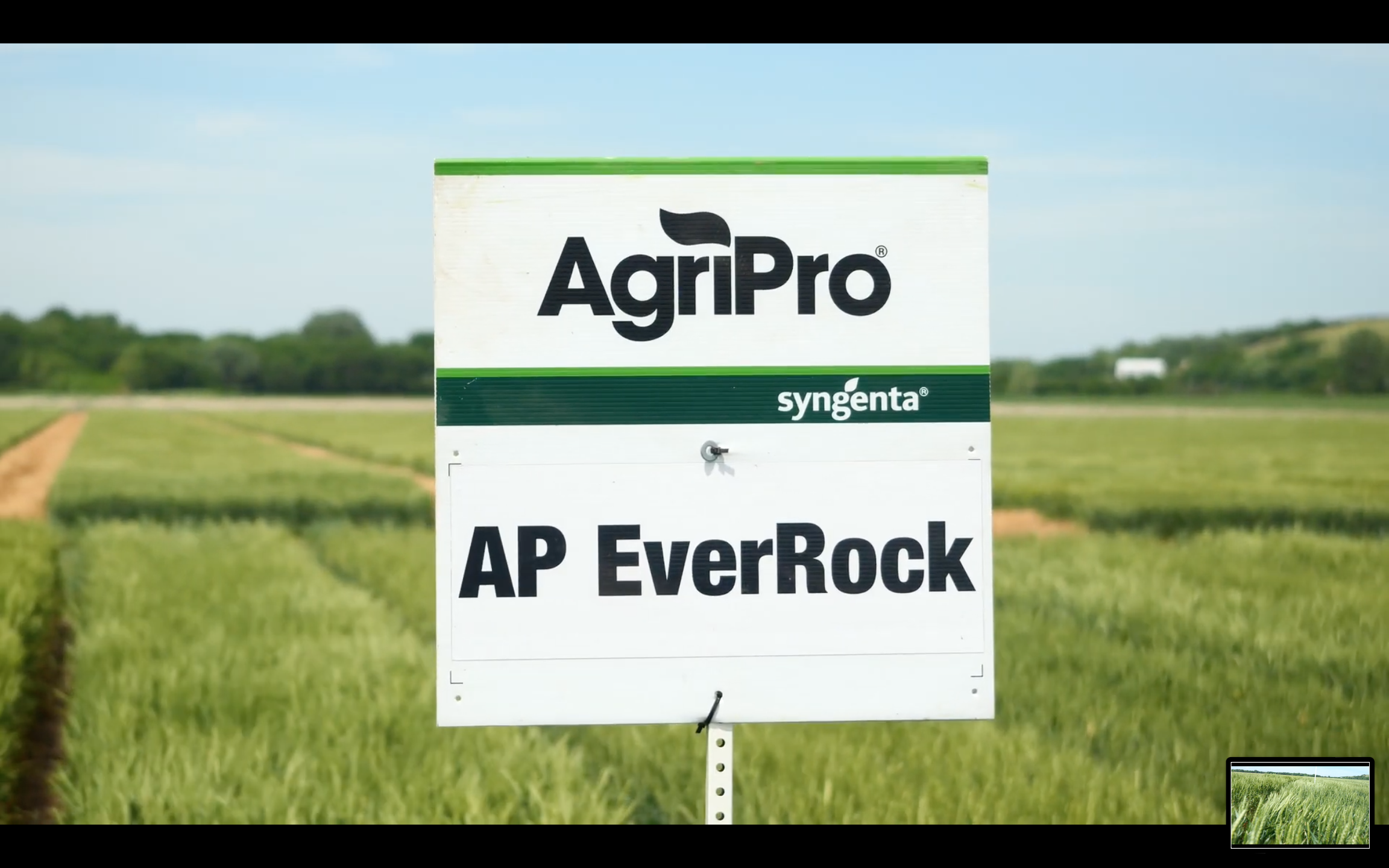
AP EverRock
Triticum aestivum
AgriPro is leading the way in the development and delivery of superior wheat seed genetics in North America. From our Junction City, Kansas, research center each year more than 2,000 new experimental...
- Growing Region: Southeast, Midwest
- Blooms:
- Life Form: Grass
- Application Type: Forage and Pasture, Cover Crop, Wheat
- Height: 1-3 ft
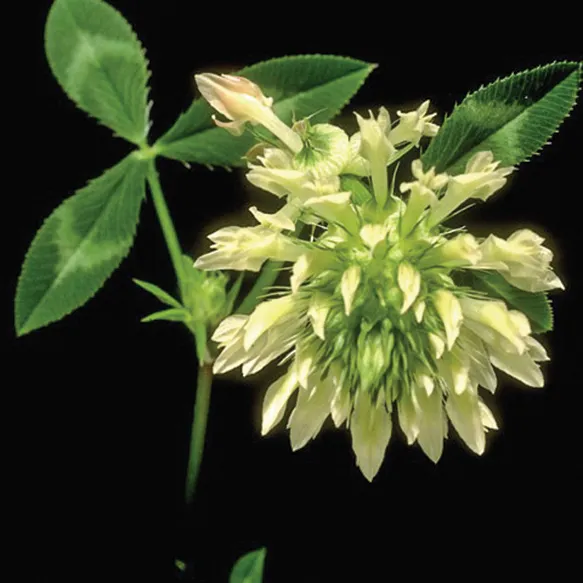
Arrowleaf Clover
Trifolium vesiculosum
Arrowleaf clover is an annual, cool season, introduced legume commonly used in many areas of the Midwest and Southeastern parts of the United States for many applications and uses. This upright clover...
- Growing Region: Southeast, California, Pacific Northwest
- Blooms: Spring, Summer, Fall
- Life Form: Legume
- Application Type: Forage and Pasture, Cover Crop
- Height: 1-4 ft
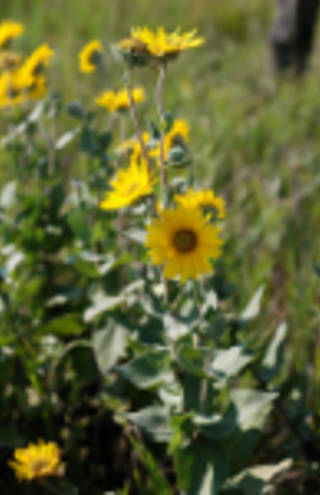
Ashy Sunflower
Helianthus mollis
Ashy Sunflower is a perennial forb native to most of the eastern half of the United States. This attractive wildflower can be found growing in the full sunlight of upland prairies and open grasslands....
- Growing Region: Midwest, Southeast, Intermountain West
- Blooms: Summer, Fall
- Life Form: Forb
- Application Type: Land Reclamation
- Height: 4+ ft

Aspen daisy
in
Moderate water requirement; full sun to part shade. Perennial with lavender to white flowers blooms June to September from mid-montane to subalpine, on open moist slopes, along streams and under aspen...
- Growing Region: Intermountain West, Southeast, Pacific Northwest
- Blooms: Summer, Fall
- Life Form: Shrub
- Application Type: Land Reclamation, Habitat Restoration
- Height: 1-2 ft
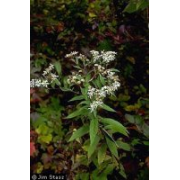
Aster, Flat Top
Aster umbellatus
Inhabiting moist sandy soils, flat top aster can be found in moist prairies, meadows, open woodlands and wetlands in the eastern ½ of the United States. This perennial grows well in sunlight and shade...
- Growing Region: Midwest, Southeast
- Blooms: Summer, Fall
- Life Form: Forb
- Application Type: Land Reclamation
- Height: 4+ ft
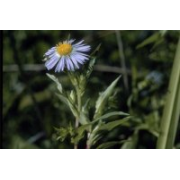
Aster, Swamp (Purple Stemmed)
Symphyotrichum puniceum
Natively growing north and east of a line from Mississippi to the Dakotas and across most of Canada, swamp aster prefers wet to mesic soils where it can grow from 1-7 feet tall. This perennial is not...
- Growing Region: Midwest, Southeast
- Blooms: Summer, Fall
- Life Form: Forb
- Application Type: Land Reclamation
- Height: 4+ ft
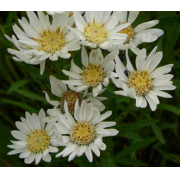
Aster, Upland White
Solidago ptarmicoides
Also known as Upland White Goldenrod as per its reclassification as solidago ptarmicoides, this plant is found scattered across much of the central and eastern portions of North America. Its white, as...
- Growing Region: Midwest, Intermountain West, Southeast
- Blooms: Summer, Fall
- Life Form: Forb
- Application Type: Land Reclamation
- Height: 0-1 ft
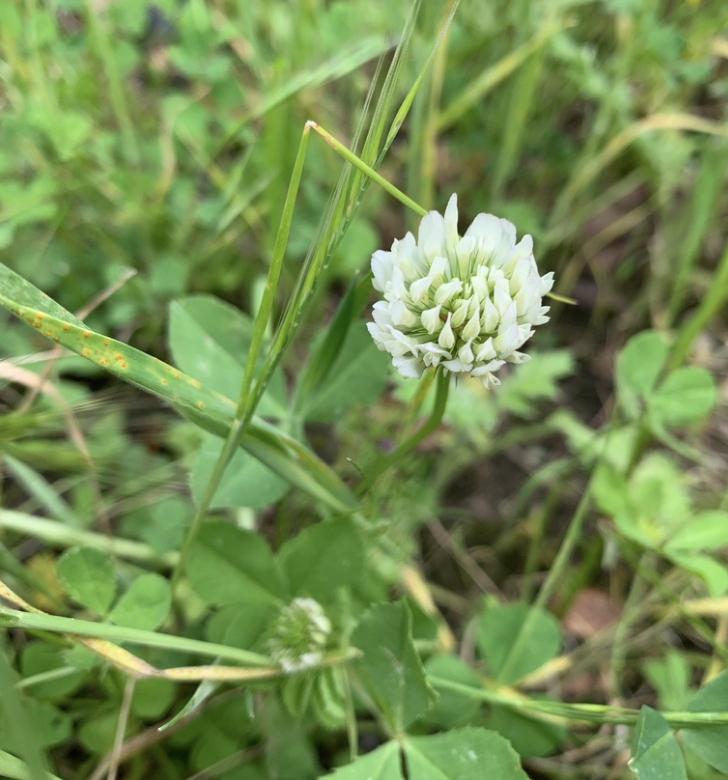
Balansa clover
Trifolium michelianum
Extremely productive, nitrogen-fixing winter annual legume with small white-pink flowers. Grows on heavy clays to moderately sandy soils. Tolerant of acidity; mildly tolerant of salinity. Mature plant...
- Growing Region: Southeast, Midwest
- Blooms: Spring
- Life Form: Forb
- Application Type: Forage and Pasture, Cover Crop
- Height: 4+ ft

Basket of gold
Aurinia saxatilis
Formerly Alyssum saxatile. Introduced mat-forming perennial with golden yellow flowers bloom spring and early summer. Low to moderate water use. Use as a groundcover in borders, rock gardens and wildf...
- Growing Region: Midwest, Intermountain West, North America, Pacific Northwest, Southeast, Southwest
- Blooms: Spring
- Life Form: Forb
- Application Type: Commercial Beautification
- Height: 0-1 ft
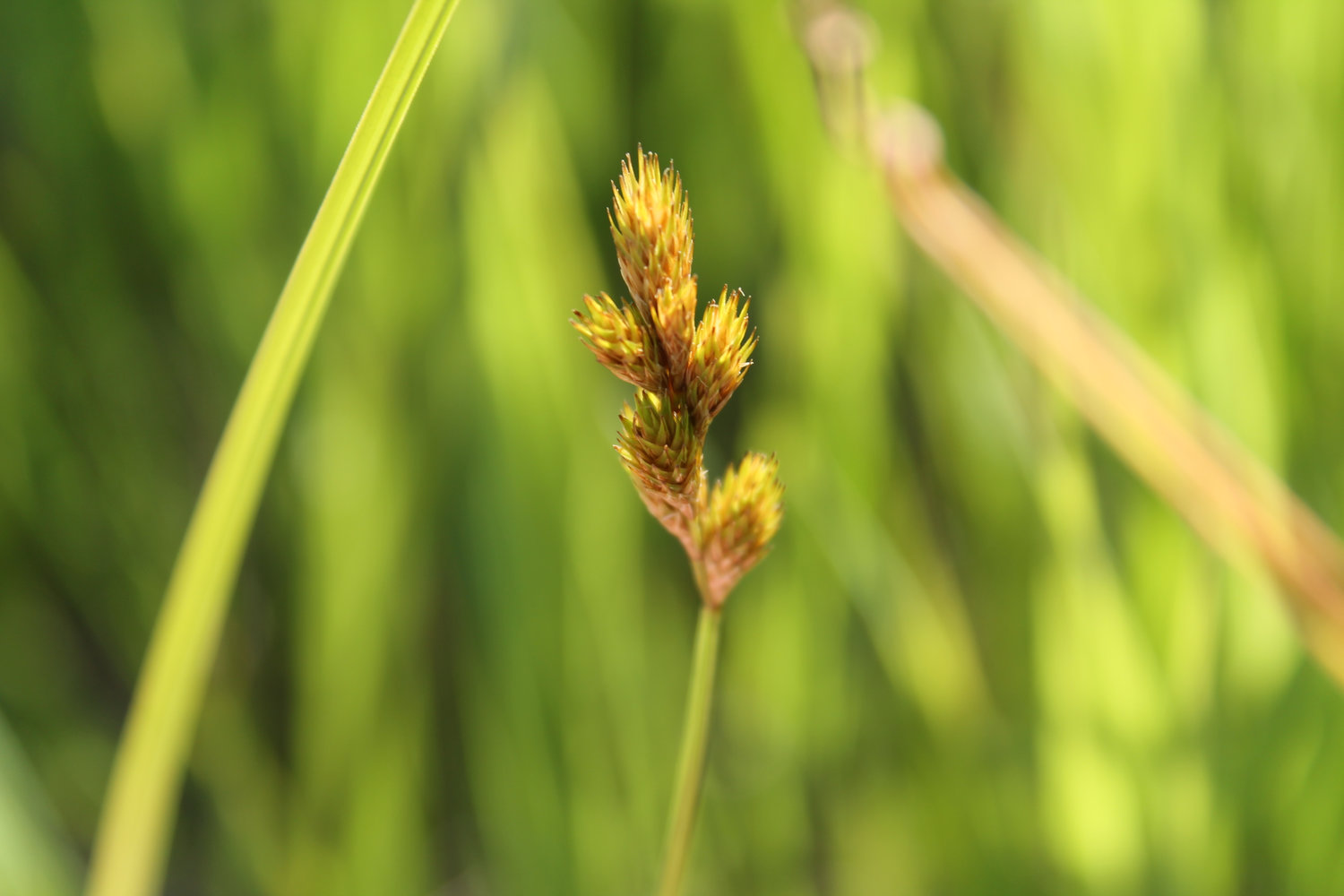
Bebb's sedge
Carex bebbii
Cool season, tufted, native perennial grasslike. Occurs in wet meadows, streambanks, ditchways and saturated soils from low to mid elevations. May mimic an annual by maturing and flowering in its firs...
- Growing Region: Midwest, Southeast, Pacific Northwest
- Blooms:
- Life Form: Grass
- Application Type: Erosion Control, Land Reclamation, Habitat Restoration, Forage and Pasture
- Height: 1-2 ft